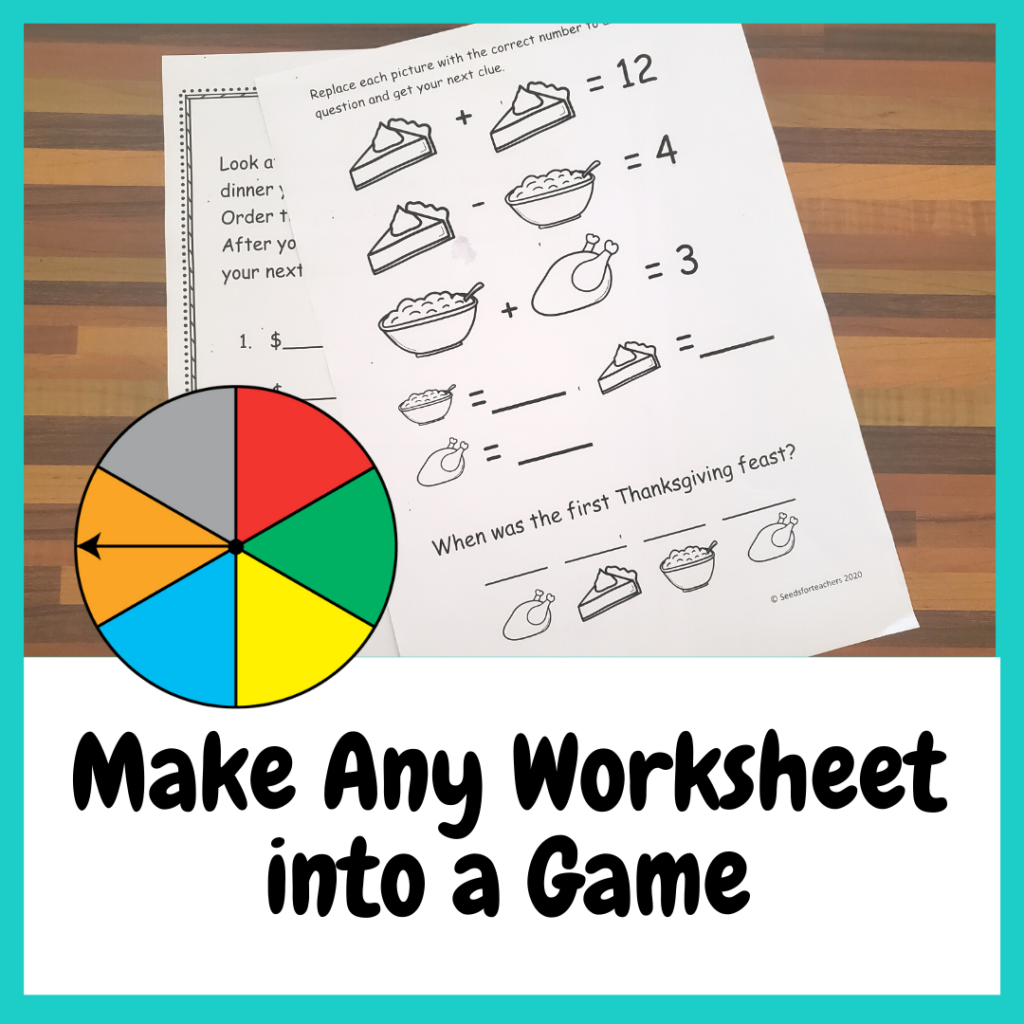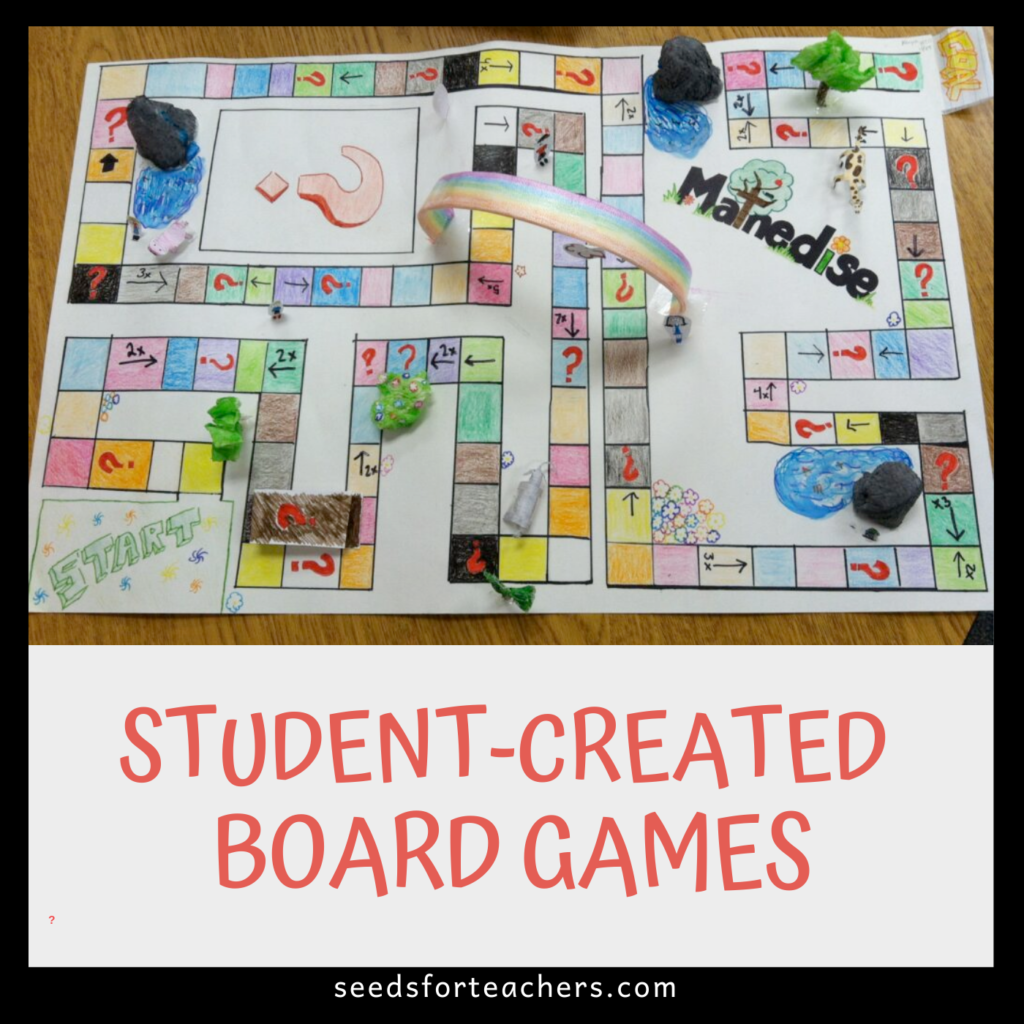In the ever-evolving landscape of education, it can be difficult for teachers and instructional coaches to prioritize what areas to focus on improving first. In this post, we’ll explore the five teacher essentials that every teacher needs in order to be successful with their students. Whether you’re a seasoned educator or just starting your journey, these fundamentals will help you create a positive and impactful learning environment.
Lesson Design
Lesson design is not just about creating a basic lesson plan. It doesn’t really matter what planning document a teacher uses, as long as it allows for a thorough plan of how the lesson will flow. It is not enough to just write down the standard, objective, assessment and activity for a lesson. Teachers to pay attention to the details. They need to script higher level questions, pace each portion of the lesson, pre-assign student pairings, decide how students will transition around the room and gather necessary materials, etc. A lot of preparation goes into a a really smooth, effective lesson from start to finish. Most of the challenges teachers face while teaching comes from a lack of planning. Prevention of misbehaviors, clarity in assignment directions, differentiated support options available and more allow for the other aspects of instruction to be successful, but they are planned for in the design phase. This is the foundation for which all other aspects rely.
Student Engagement
The next teacher essential is student engagement. This is usually the area of focus for most teachers. They want to do more fun activities with students, but aren’t quite sure how to do it with purpose. A fun activity that doesn’t relate to your standard, doesn’t have any place in your lesson. Engagement is high when students collaborate with peers, ask and answer questions with the teacher, and dig deep into the content with intention. When students are actively engaged, it enhances their academic performance but also fosters critical thinking and problem-solving skills. Engaged students are more likely to develop a love for learning, leading to lifelong educational pursuits. Additionally, high levels of engagement contribute to a positive classroom atmosphere, where students feel motivated and connected to both their peers and their teachers. Ultimately, prioritizing student engagement transforms the educational experience, making learning more enjoyable and impactful, and setting the foundation for future success.
Assessment
Assessment serves as a critical feedback mechanism, guiding educators in tailoring their instruction to meet the diverse needs of their students. Through formative assessments, teachers can identify learning gaps and adjust their strategies in real-time, fostering a more responsive and dynamic classroom environment. Summative assessments, on the other hand, provide a comprehensive overview of student progress and mastery of content, informing long-term instructional planning and curriculum development. For students, assessments offer valuable opportunities for self-reflection and goal-setting, helping them to understand their strengths and areas for improvement. Ultimately, a balanced and thoughtful approach to assessment enhances the educational experience, promoting continuous growth and achievement for both teachers and learners.
Individualizing Student Support
Individualizing student support is a teacher essential for fostering an inclusive and effective learning environment. Every student comes with unique strengths, challenges, and learning styles that require personalized attention to thrive academically and personally. By tailoring support to meet individual needs, educators can ensure that each student receives the appropriate resources, interventions, and encouragement necessary for their success. Differentiation helps in addressing the wide range of learning paces and styles, allowing advanced learners to be challenged while providing additional support to those who may struggle. Furthermore, individualized support promotes equity by recognizing and addressing the diverse backgrounds and experiences of all learners. Ultimately, differentiation enhances student engagement, promotes deeper understanding, and leads to more meaningful educational outcomes, ensuring that every learner can reach their full potential.
Classroom Management
Classroom management is more than just behavior management. In includes the wide variety of skills and techniques that teachers use to keep students organized, orderly and focused. Setting up classroom expectations, procedures and routines is the first step. They allow teachers to be proactive rather than reactive, spending the majority of their lesson managing behaviors or giving redirections. However, teachers still need effective classroom management systems for how to respond when students inevitably do not follow your expectations and routines.
By focusing on these top 5 teacher essentials you’ll dramatically see improvements in how your classroom looks and feels and how much students are learning!
Other posts to check out:



